Green Lab Consulting
Laboratory buildings consume ten times more energy and four times more water than offices. The energy demand of a -80 °C freezer or a laboratory fume hood is roughly the same as that of a single-family house. How can we significantly reduce energy costs and the consumption of resources in the laboratory? With our GreenBasics programme, we can provide you with professional support – either focused on the greatest potential savings or comprehensively on the path to "zero carbon".
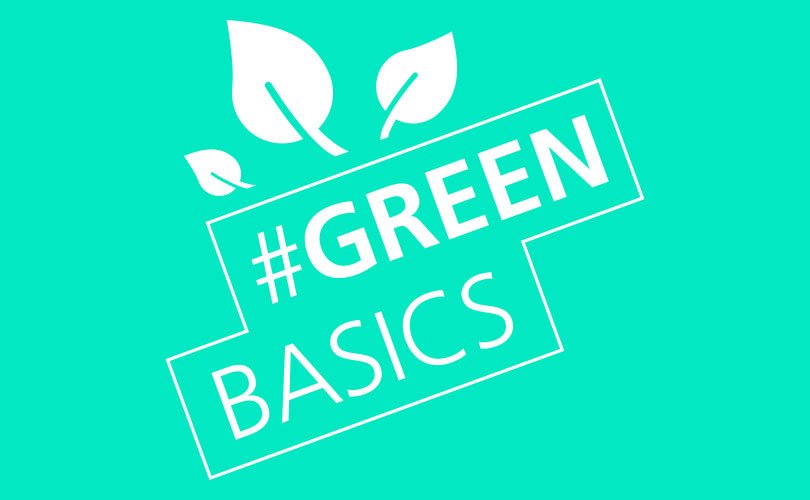
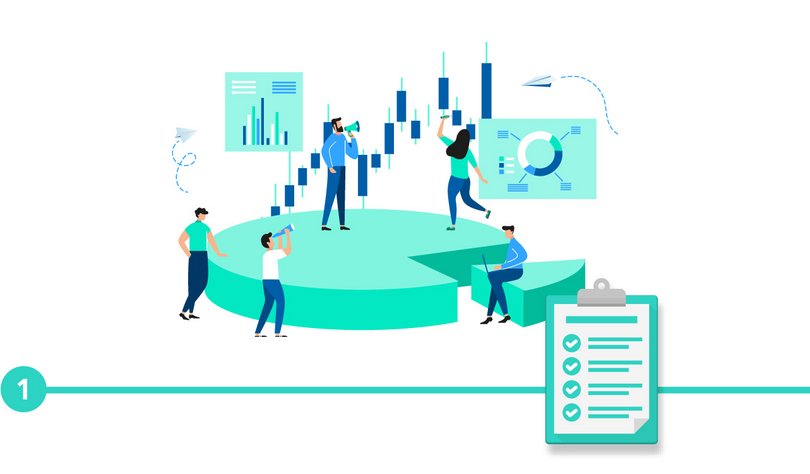
We start with an inspection of your laboratory and together we analyse the status quo. How is work done in the laboratories, where are the biggest consumers, what is the potential for optimisation? We map the findings in our online collaboration tool, which is updated with information, know-how and action plans throughout the entire process and is available to all participants at any time.
Our GreenBasics team organises a one-day workshop with all stakeholders (on-site, hybrid or remote). The participants are selected depending on the focus topics and include, for example, management, laboratory users, purchasing, health & safety and facility management. We show best-practice examples, discuss with you the measures we have prepared, add to them and establish their priorities. At the end of the workshop, we will have developed an action plan for each focus topic – congratulations!
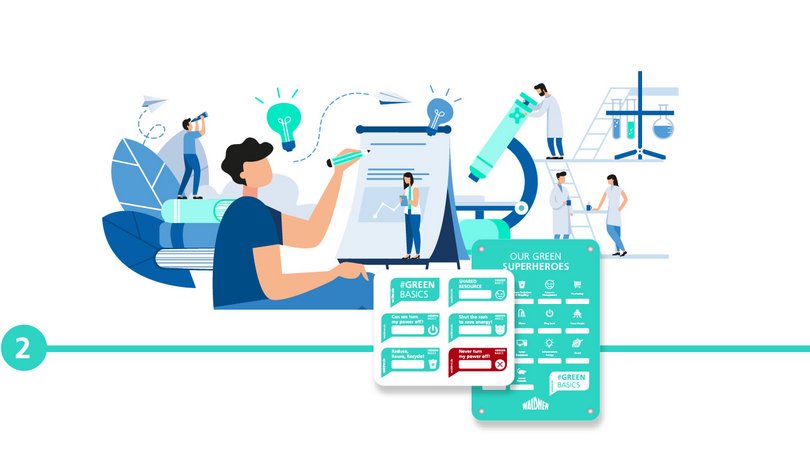

Now it's time for the implementation. In short monthly online meetings we discuss the current status of the measures and the next steps. Our GreenBasics experts are at your disposal with plenty of know-how. On site, our Customer Service can actively assist with the implementation. We are happy to provide our ready-made materials such as stickers, posters or other clever tools. This is fun and speeds up the implementation.
If you would like to receive official recognition for your sustainability initiative, this is possible. Through our cooperation with My Green Lab®, you can carry out a "Baseline Assessment" before starting the measures and a "Certification Assessment" after successful implementation. Our GreenBasics programme ensures that you are well prepared for this.
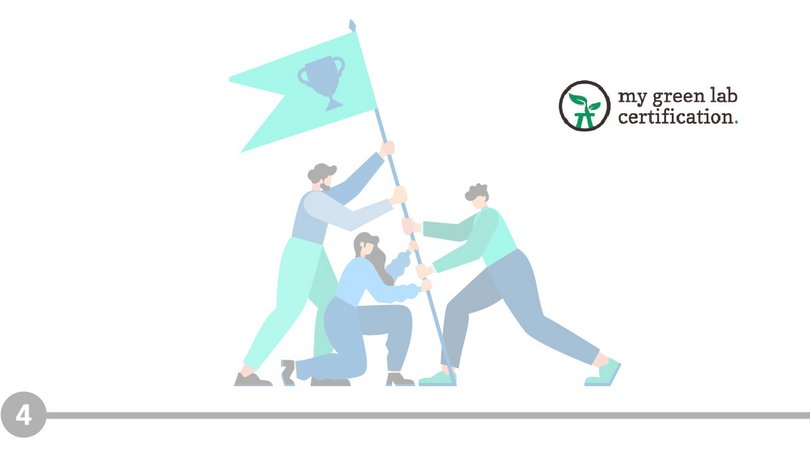
Based on the criteria of the My Green Lab® organisation, we offer a choice of 14 focus topics. Decide for yourself which topics you want to start with. Many of our clients focus on the "quick wins" first and then go into more and more detail.

In their daily work, the laboratory team can make a major contribution to reducing the use of resources by being conscious in their use of energy and materials, by exchanging experiences, methods, tips and tricks for reducing consumption, and by identifying responsible individuals. Establishing sustainable measures together and communicating successes.
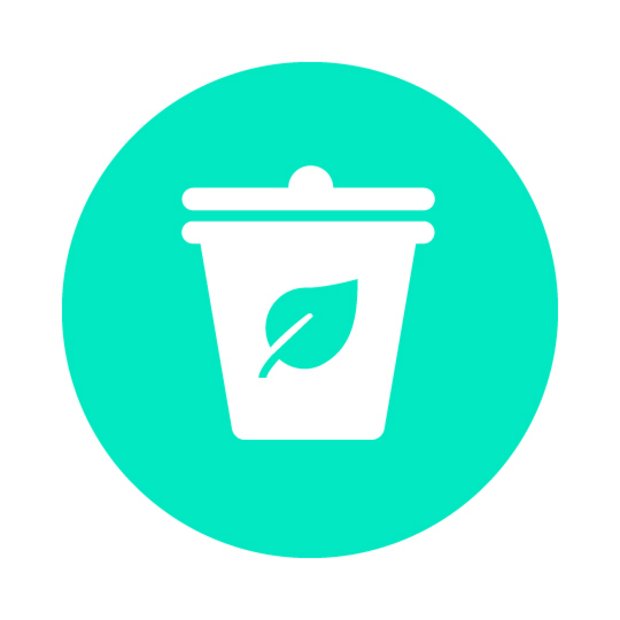
Reduce, reuse, recycle! Our GreenBasics experts work with you to develop strategies for reducing large quantities of waste in laboratories (e. g. packaging, plastics or chemicals), for the reusability of consumables used (e. g. replacement of disposables) or for sorting them so that they can finally be sent on to a recycling process.

Save resources, time and money by managing your laboratory effectively. Material management, laboratory system maintenance, sharing of equipment and the implementation of helpful laboratory guidelines are essential building blocks to optimise the sustainability of your laboratory. Our best practice examples show how this can be done and inspire you to follow suit. Let‘s do it!

Purchasing processes and guidelines have a significant impact on the profitability of your laboratory, determining the consumption of resources and the energy efficiency of day-to-day operations. Purchasing is a key lever for selecting environmentally friendly manufacturers and products and fundamentally improving your environmental footprint. Buy Green!
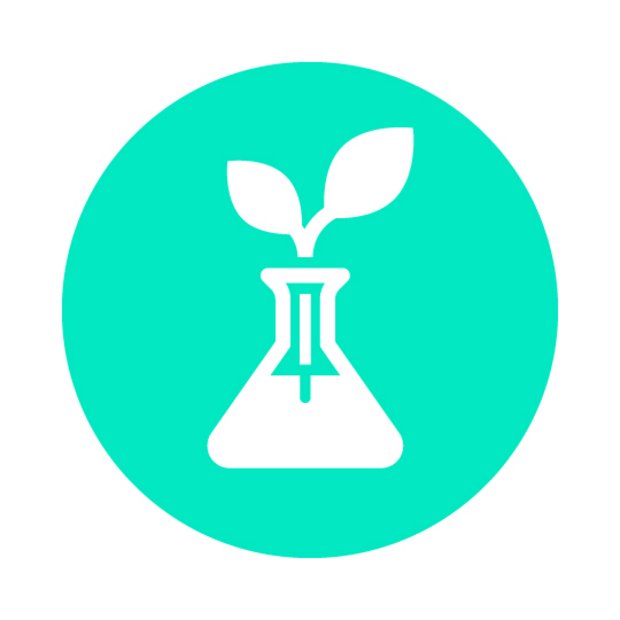
Chemicals are used in many areas of research and development. For substances that are of concern, there are often less toxic or more degradable alternatives. Recyclable solvents and chemical inventories can effectively reduce overall consumption. As a team, we take a close look at the "12 Principles of Green Chemistry".
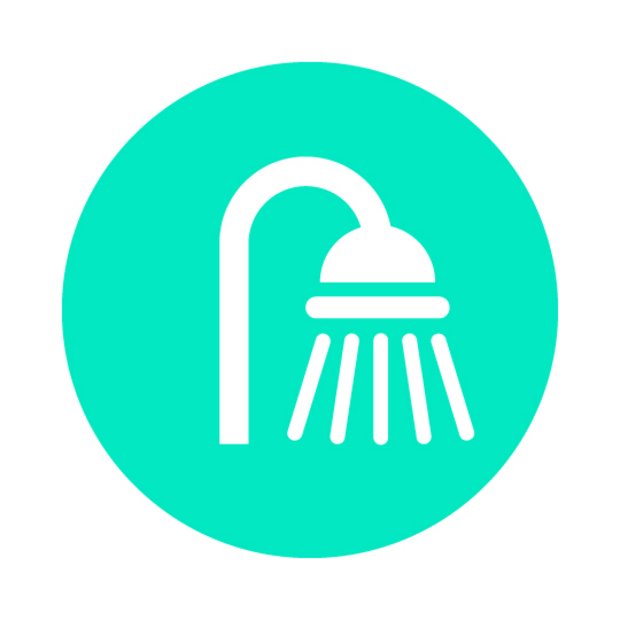
Due to rinsing processes, cooling, autoclaves or the production of different water qualities, water consumption in laboratories is about four times higher than in offices. There is considerable potential for savings in daily laboratory operations, which we can achieve in next to no time.

Plug Load includes all the equipment that is plugged into sockets in your laboratory, typically accounting for 20–25 % of energy consumption. Most of them do not need to run continuously. Let's develop smart ideas for energy-saving use of lab equipment and electricity consuming equipment.

Laboratory fume hoods are among the most energy-consuming devices in the lab. A standard fume hood extracts approx. 15,000 m³ of tempered or cooled room air per 24 hours, which corresponds to a room volume of approx. 20 single-family houses per day. By optimising technology and usage behaviour, this consumption can be reduced by up to 75 %.

After fume hoods, freezers and cold storage rooms are the largest energy consumers in the laboratory. An ultra-low temperature freezer consumes between 10–30 kWh/day, as much energy as a single-family house. By lowering the set point from -80 °C to -70 °C, about 30 % of the energy costs can be saved, and another 20–30 % through improved use and regular maintenance.

Devices with heating or cooling elements, as well as devices for vacuum generation and sterilisation, consume a lot of energy. Whether you have incubators, vacuum pumps, isolators, safety work benches or other laboratory equipment, the GreenBasics team identifies the largest consumers and provides you with expert advice and effective solutions.

In a typical laboratory, at least 50 % of energy consumption is due to the ventilation system, which ensures optimal air quality and room temperature, and a further 15 % is due to lighting. With intelligent systems and adaptation to typical usage scenarios, including risk assessments, significant savings can be achieved.

A considerable proportion of CO2 emissions is caused by air travel and road traffic. Travelling is not part of the work in the laboratory, but attending conferences or the daily commute to the lab still has an impact on your impact on the environment. With good planning, you can improve your green footprint immediately. Go Green!
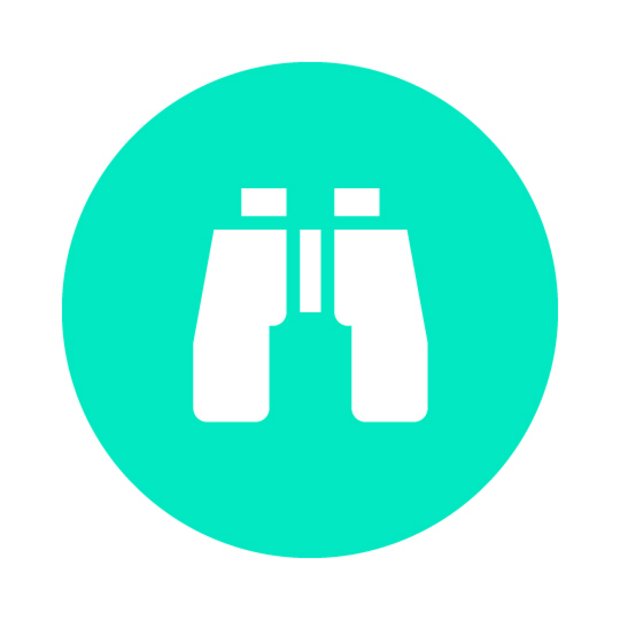
There are many different types of research work that are done outdoors. Here, too, we can challenge our habits and achieve waste minimisation and material recovery.

Vivariums are highly controlled spaces and as such have many restrictions that you must adhere to. However, there are some measures you can take to ensure that energy and water are used efficiently and that waste is disposed of in the most responsible way possible.
Simply contact us. We would be happy to present our GreenBasics programme to you without obligation in a short online appointment.